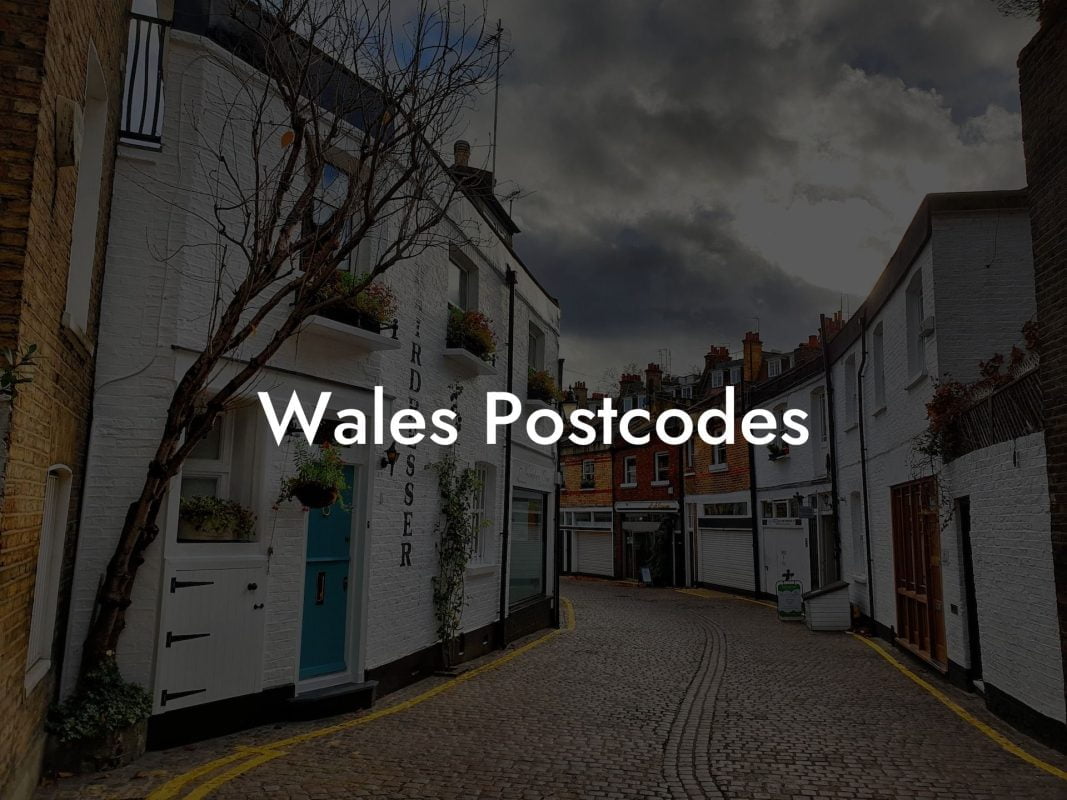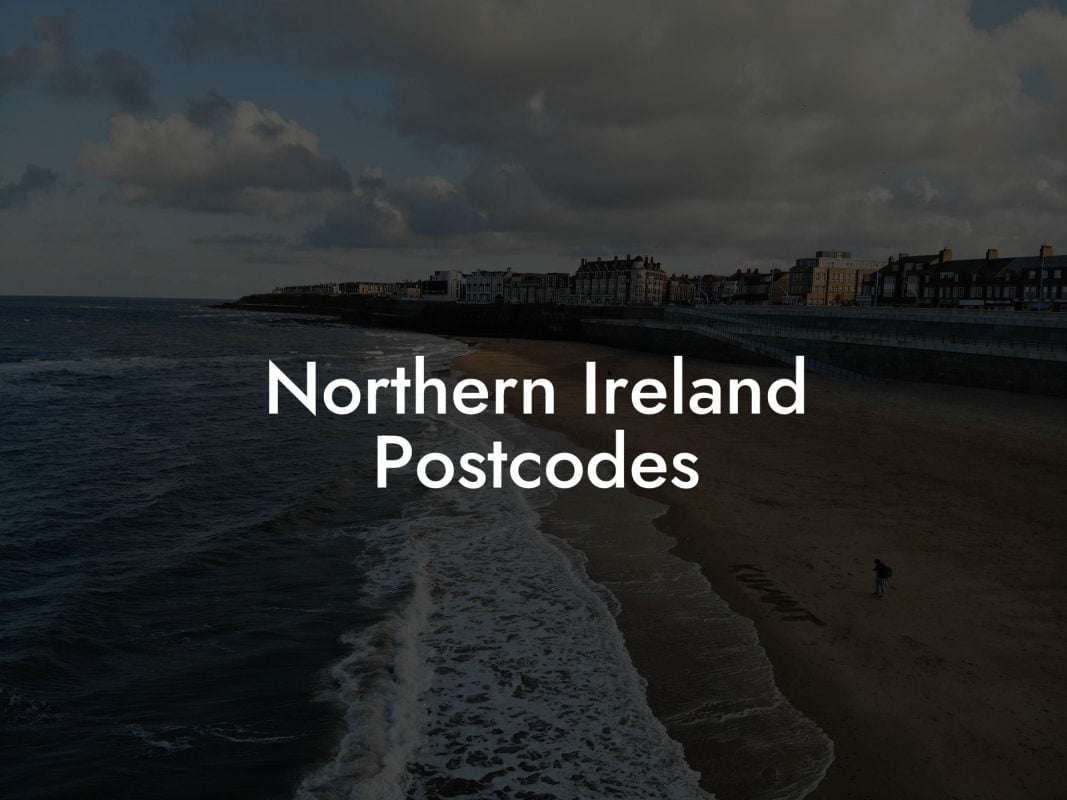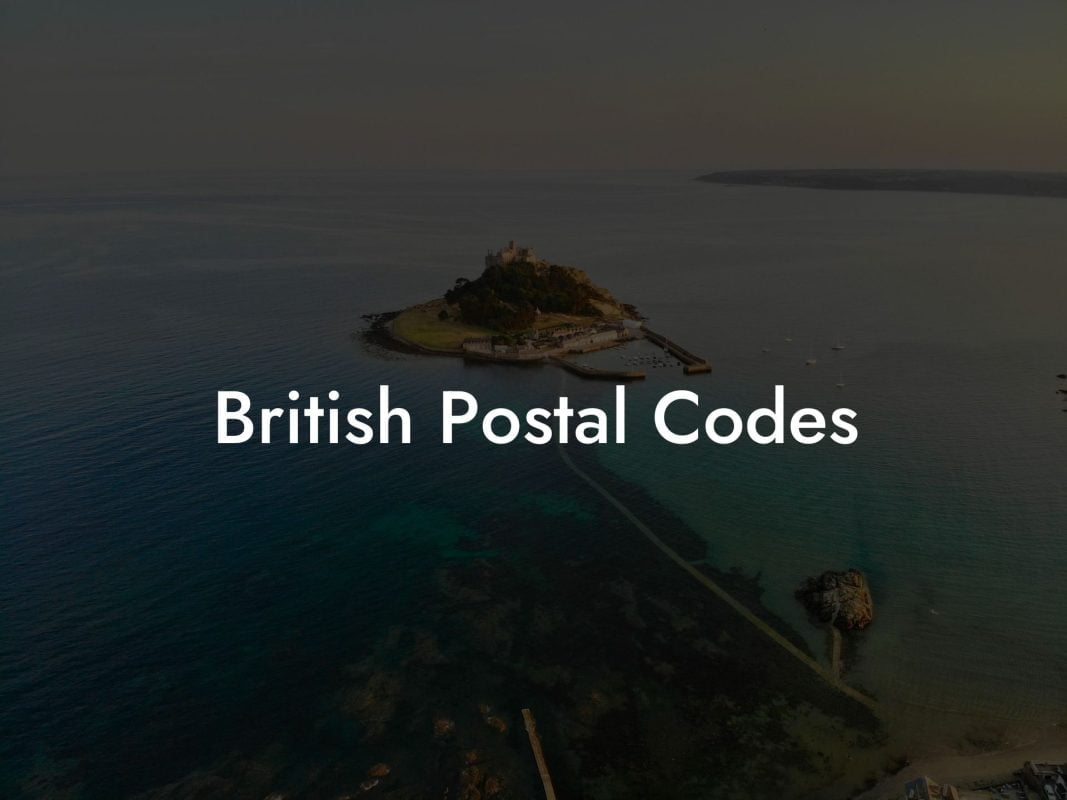Precision at the Micro-Level
The UK postcode system is renowned for its structure and precision, with the unit format being the final, most detailed component. This segment of the postcode is crucial for pinpointing exact locations, from individual buildings to specific business entrances. This article will explore the intricacies of the UK Postcode Unit Format, explaining its importance, structure, and impact on various sectors. Understanding this element is essential for anyone requiring the utmost accuracy in location-based services and data analysis.
Are you working on a Product, Service, App or Research Project that needs UK Postcode & location data? Get a free sample of our UK Postcode Database today. Find out more →
Understanding the Unit Code
The Basics of the Unit Format
The unit code consists of the final two letters in a full UK postcode. These letters are crucial for providing the ultimate precision in location identification, refining the area down to specific addresses within a sector. For example, in the postcode 'SW1A 2AA', the 'AA' represents the unit code, indicating a particular set of addresses or sometimes even a single address.
Role in the Postal Hierarchy
Situated at the end of the postcode, the unit code is the most detailed classification within the UK's postal system. It complements the area, district, and sector codes by providing the final level of specificity needed for precise mail delivery and location services.
The Importance of Unit Code Format
Essential for Accurate Delivery and Services
The unit format plays a critical role in various operations, from mail delivery to emergency services. It ensures that services are not just delivered to the correct street or building but to the exact door or entrance, reducing errors and enhancing efficiency.
Enabling Detailed Analysis and Targeting
For businesses, researchers, and planners, the unit code offers a level of detail that allows for in-depth demographic, economic, and social analysis. It enables highly targeted marketing, efficient resource allocation, and precise planning.
Structure and Variation of Unit Codes
Decoding the Letters
The two letters in the unit code do not follow an alphabetical sequence but are instead allocated based on operational efficiency and ease of use. Each unique combination corresponds to a specific geographic area within a sector.
Understanding Regional Variations
The allocation and format of unit codes can vary across different regions, reflecting the population density and distribution of addresses. Urban areas, for example, have a higher concentration of unique unit codes compared to rural regions.
Challenges and Solutions in Unit Code Usage
Ensuring Reliability and Minimizing Errors
Misinterpretations or inaccuracies in unit codes can lead to misdeliveries and operational inefficiencies. Utilizing accurate, up-to-date data is crucial for minimizing these risks and ensuring reliable service.
Adapting to Changes and Development
As areas evolve, new addresses are added, and changes occur, unit codes may be updated. Staying informed about these changes is vital for maintaining the accuracy and effectiveness of services and data.
Integrating Unit Code Data in Operations
Vital for Micro-Level Operations
Incorporating precise unit code data is crucial for industries and services focusing on detailed, localized operations, such as local deliveries, urban planning, and targeted services.
Technological Integration and Applications
Advancements in digital mapping, data analysis, and logistics have made it easier to incorporate and utilize unit code data effectively. This integration enhances the precision and efficiency of various applications and services.
UK Postcode Database: Your Ultimate Resource
The UK Postcode Database is your definitive source for the most comprehensive and current unit code data. Our extensive database is meticulously maintained and designed for seamless integration into your products, services, or research, providing unmatched precision and reliability.
Why Choose UK Postcode Database?
- Unparalleled Precision: Our database offers detailed coverage of unit codes across the UK, ensuring you have the exact data you need for any application.
- Easy Integration: With user-friendly formats like CSV, SQL, and XLS, incorporating our data into your systems is straightforward and efficient.
- One-Time Investment: Gain full access to our database with a single payment, freeing you from recurring fees or licensing issues.
Ideal for a Range of Applications
Whether enhancing delivery services, conducting detailed demographic studies, or developing location-based applications, our database provides the detailed unit code data essential for your success.
Mastering Geographic Detail for Excellence
The UK postcode unit format represents the pinnacle of geographic precision, playing a critical role in enhancing the accuracy and detail of operations across various sectors. Understanding and utilizing this format effectively is crucial for anyone seeking to operate with the highest level of detail and insight within the UK.
With the UK Postcode Database, you gain a partner in precision, offering detailed, reliable unit code data to enhance your products, services, and research projects. Choose us for your geographic needs and navigate the UK with unparalleled accuracy and efficiency. Your journey to operational excellence and insightful analysis begins with the UK Postcode Database.
Frequently Asked Questions
What Is a Postcode Format?
A postcode format refers to the specific arrangement of letters, numbers, or both, used to create a code that identifies a particular geographic area or address for mail sorting and delivery.
Why Is the Postcode Format Important?
The postcode format is crucial for the efficient and accurate sorting and delivery of mail. It helps postal services quickly direct mail to the right area and ensures it reaches the intended recipient.
How Are Postcode Formats Structured?
Postcode formats vary by country but typically include a combination of letters and numbers that represent a geographic area, district, and specific delivery point.
What's the Standard Postcode Format in the UK?
In the UK, the standard format is 'A1 1AA' or 'A11 1AA,' where 'A' represents letters and '1' represents numbers. The first part is the outward code (area and district), and the second part is the inward code (sector and unit).
Do Postcode Formats Vary Across Countries?
Yes, postcode formats vary significantly across countries. Some use only numbers, while others use a mix of letters and numbers, depending on their postal system's needs.
Can a Postcode Format Indicate a Specific Location?
Yes, in many countries, the postcode format is designed to be specific enough to indicate a particular street, building, or even a single address.
How Do Postcode Formats Differ in Urban vs. Rural Areas?
In urban areas, postcode formats are usually more detailed to accommodate the higher density of addresses, while in rural areas, they might cover broader regions due to fewer delivery points.
What Is an Example of a US Zip Code Format?
A standard US ZIP code format is '12345,' but there are also ZIP+4 codes like '12345-6789,' where the extra 4 digits provide more specific location information.
How Can I Determine the Correct Postcode Format for an Address?
You can determine the correct format by using online postcode lookup tools, consulting the local postal service's guidelines, or checking official postal documentation.
Are There Tools to Validate Postcode Formats?
Yes, there are various online tools and services that can validate if a postcode conforms to the correct format and is a recognized code by the postal service.
Why Might a Correct Postcode Be Rejected by an Online Form?
A correct postcode might be rejected if the online form has outdated information, is programmed with incorrect format rules, or if there's a temporary technical issue.
How Often Do Postcode Formats Change?
Actual changes to the format are rare but can occur when a postal service updates its system to accommodate growth or changes in population distribution.
Do Businesses Need to Understand Postcode Formats?
Yes, businesses that ship products, manage customer databases, or perform any form of mail communication must understand postcode formats to ensure accuracy and efficiency.
Can Postcode Formats Affect Delivery Speed?
Correct postcode formats can significantly affect delivery speed by ensuring mail is sorted accurately and directed to the right location without delays.
What Happens If You Use the Wrong Postcode Format?
Using the wrong postcode format can lead to delayed, returned, or misdelivered mail, and in some cases, additional charges for correction.
How Are Postcode Formats Used Beyond Mail Delivery?
Beyond mail delivery, postcode formats are used in planning services, navigation, demographic analysis, and emergency response coordination.
What's the Future of Postcode Formats?
The future of postcode formats may involve integration with digital mapping, GPS technology, and potentially more standardized formats for international compatibility.
How Do Postcode Formats Impact Online Shopping?
For online shopping, accurate postcode formats ensure that orders are delivered to the correct address promptly, enhancing customer satisfaction and operational efficiency.
Can Postcode Formats Vary Within the Same City?
Yes, within the same city, there can be multiple postcode formats to accommodate areas with different densities and distributions of addresses.
How Can I Learn More About My Country's Postcode Format?
You can learn more by visiting your national postal service's website, where they typically provide detailed information on the postcode format and usage guidelines.














